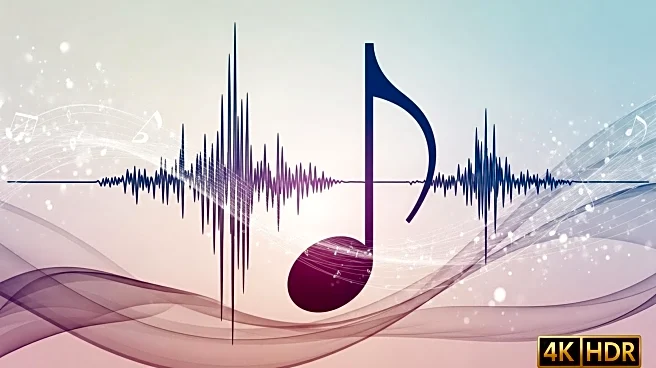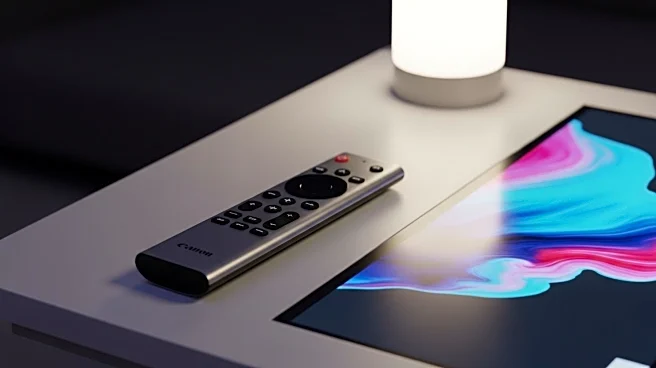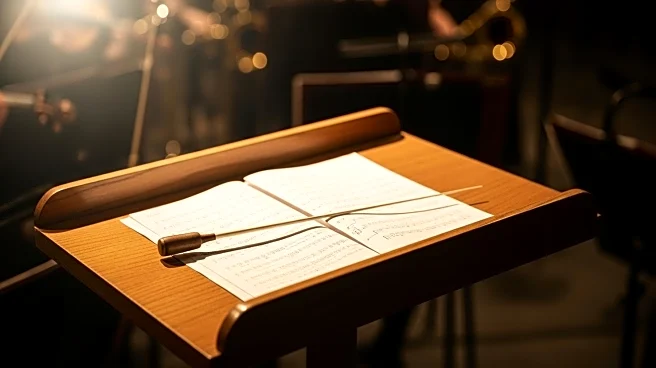What is the story about?
What's Happening?
The Charlotte Symphony Orchestra has unveiled a new sonic logo as part of its rebranding efforts, spearheaded by Music Director Kwamé Ryan. The initiative aims to create an auditory association with the orchestra, similar to iconic sounds like Netflix's 'ta-dum' or NBC's chimes. Grammy-winning composer Mason Bates crafted the logo to encapsulate the excitement and depth of the Symphony's performances. The sonic logo was introduced during the orchestra's season-opening concert, receiving positive feedback from attendees. The logo will be used in various formats, including social media and television advertising, to signal events and enhance audience engagement.
Why It's Important?
The introduction of a sonic logo by the Charlotte Symphony Orchestra represents a strategic move to strengthen its brand identity and audience connection. Sonic branding taps into the emotional impact of sound, fostering memorization and association, which can attract new listeners and enhance the cultural perception of orchestral music. This initiative could set a precedent for other cultural institutions seeking innovative ways to engage audiences and modernize their marketing strategies. The positive reception suggests potential growth in audience engagement and attendance, benefiting the orchestra's visibility and financial health.
What's Next?
The Charlotte Symphony Orchestra plans to integrate the sonic logo into its marketing and event strategies, using it to announce guest speakers and signal audience transitions during performances. This approach may lead to increased audience interaction and a more immersive concert experience. As the orchestra continues to leverage the sonic logo, it may explore additional applications in digital platforms and collaborations with other cultural entities. The success of this initiative could inspire similar efforts across the arts sector, promoting broader adoption of sonic branding.
Beyond the Headlines
The use of sonic logos in cultural institutions highlights the evolving landscape of marketing and audience engagement. This development underscores the importance of sensory experiences in branding, potentially influencing how organizations approach audience interaction. The initiative also raises questions about the balance between tradition and innovation in the arts, as orchestras and other cultural entities seek to remain relevant in a rapidly changing media environment.
AI Generated Content
Do you find this article useful?













